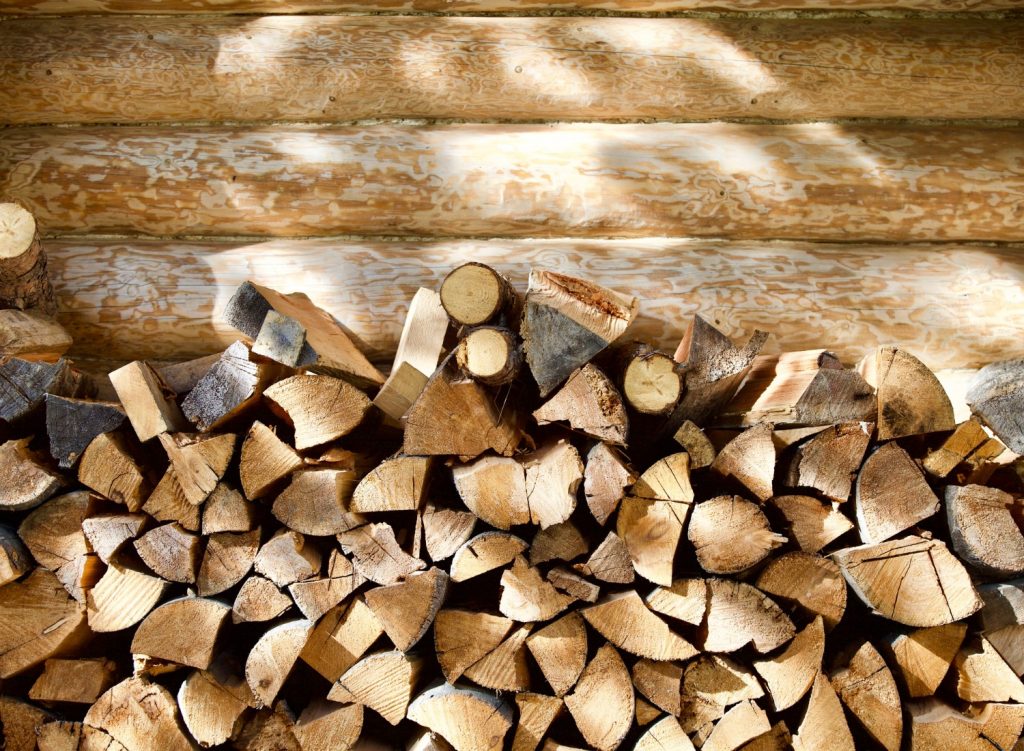How to Stack Firewood to Prevent Moisture Damage

Picture this: it’s a chilly winter evening, and you’re cozied up next to a crackling fire, enjoying its warmth and ambiance. But suddenly, the joy is extinguished when you realize that the firewood you’ve carefully stored all season is damp and unusable.
Moisture damage is the bane of every fireplace lover’s existence, causing frustration and extra trips to the store. But don’t worry—we’re here to help. In this article, we will guide you through the art of stacking firewood to prevent moisture damage, ensuring that it remains dry and ready for those cozy nights by the fire.
The Importance of Proper Firewood Storage
Properly stacking firewood is crucial for preventing moisture damage. Moisture can lead to decreased heat output, difficulty in lighting the fire, increased smoke production, and the growth of mold and fungi on the wood. Stacking firewood in a way that allows for proper air circulation and protection from rain, snow, and ground moisture is essential. Failure to do so can result in damp firewood that is difficult to burn and even pose a fire hazard.
Effects of moisture on firewood
When firewood retains high moisture levels, it can significantly impact its performance and quality. Wet firewood requires more energy to burn and produces less heat output. The excess moisture also creates more smoke, which can be harmful to the environment and your health. Additionally, wet firewood can cause creosote buildup in chimneys, leading to fires.
Dangers of burning wet firewood
Burning wet firewood reduces the fire’s efficiency and increases the risk of chimney fires. The moisture in the wood causes incomplete combustion, producing more smoke and harmful pollutants. The excess smoke can accumulate in the chimney and ignite, causing a dangerous and potentially devastating fire.
Choosing the Right Type of Firewood
To prevent moisture damage, selecting the right type of firewood is important.
Hardwood, such as oak, maple, and ash, is denser and has a lower moisture content than softwood, such as pine and spruce. Hardwood burns longer and produces more heat. Due to its density, hardwood also resists moisture absorption better than softwood.
Seasoned wood refers to firewood that has been dried for at least six months after being cut. It has a lower moisture content, making it easier to burn and less likely to retain moisture. On the other hand, freshly cut wood has a higher moisture content and requires a longer drying period before it can be burned efficiently.
Optimal Conditions for Firewood Storage
Proper storage conditions play a vital role in preventing moisture damage to firewood.
Choose a location for your firewood stack away from direct contact with the ground and protected from rain, snow, and excessive sunlight. A well-ventilated area, such as under a roof overhang or shed, is ideal.
Stack firewood during the dry season to ensure that it has a chance to dry before being used properly. Avoid stacking firewood during rainy seasons or when the weather is damp.
Essential Firewood Stacking Techniques
Proper stacking techniques are crucial for allowing air circulation and preventing moisture buildup.
The traditional stacking method
The traditional stacking method involves creating rows of firewood logs, stacking them perpendicular to the ground, and leaving space between the logs for air to circulate. Start by creating a stable base layer and build up the stack while ensuring it remains stable.
The holz hausen method
The Holz Hausen or round stack method involves creating a circular stack of firewood logs in a conical shape. This technique allows for excellent air circulation and helps the wood dry more evenly.
The round stack method
Like the Holz Hausen method, the round stack method involves stacking the firewood logs in a circular shape. However, the round stack is built in a more traditional row-by-row pattern instead of a conical shape, creating a cylindrical shape.
Tools for Successful Firewood Stacking
Using the right tools can make firewood stacking more efficient and effective.
Firewood racks
Investing in a firewood rack is crucial for proper firewood storage. A firewood rack keeps the wood off the ground, allowing air circulation and preventing ground moisture absorption. Choose a rack made of durable materials, such as steel or treated wood, that can withstand the weight of the firewood stack.
Firewood covers
A firewood cover is essential for protecting the wood from rain and snow. Please be sure to look for covers made of UV-resistant waterproof materials and provide proper ventilation to prevent moisture buildup.
Using pallets
If a firewood rack is unavailable, you can use pallets to elevate the firewood off the ground. Stack the firewood on the pallets, ensuring enough space between the logs for air circulation.
Conclusion
Mastering the art of stacking firewood is essential for preventing moisture damage and ensuring a hassle-free firewood experience. By understanding the importance of proper firewood storage, choosing the right type of firewood, and creating optimal conditions for storage, you can keep your firewood dry and ready for use.
